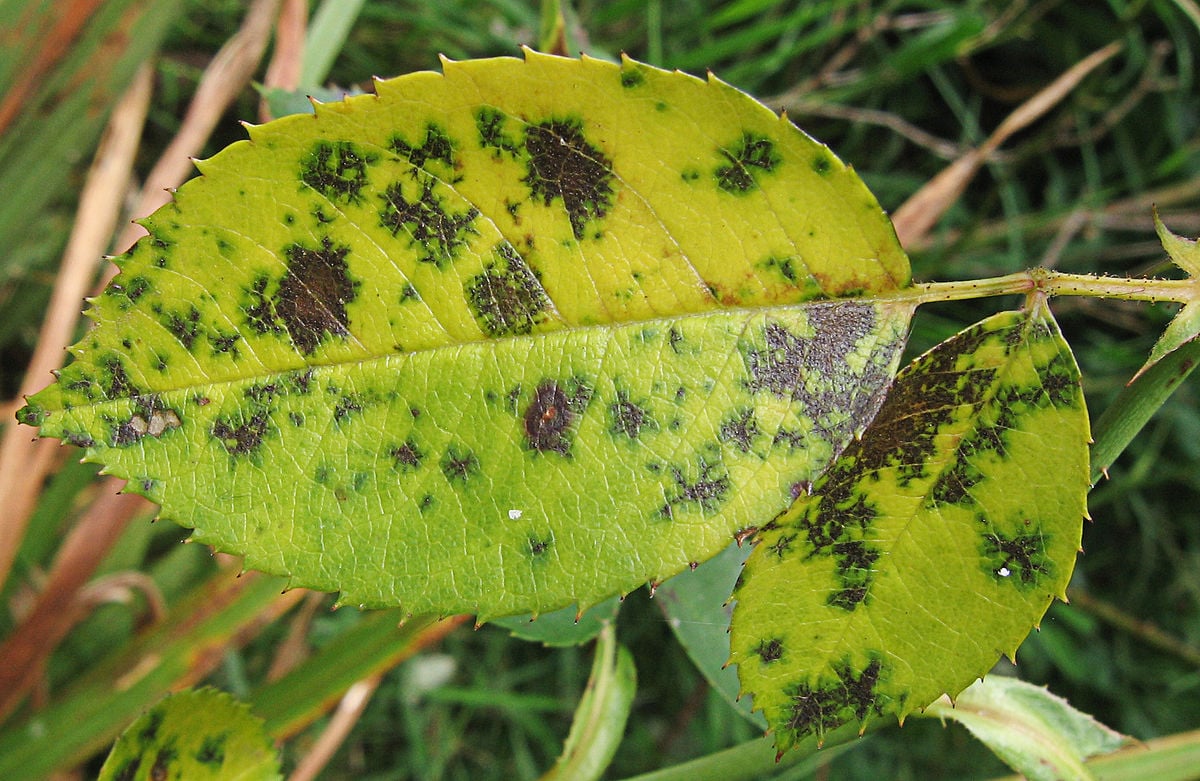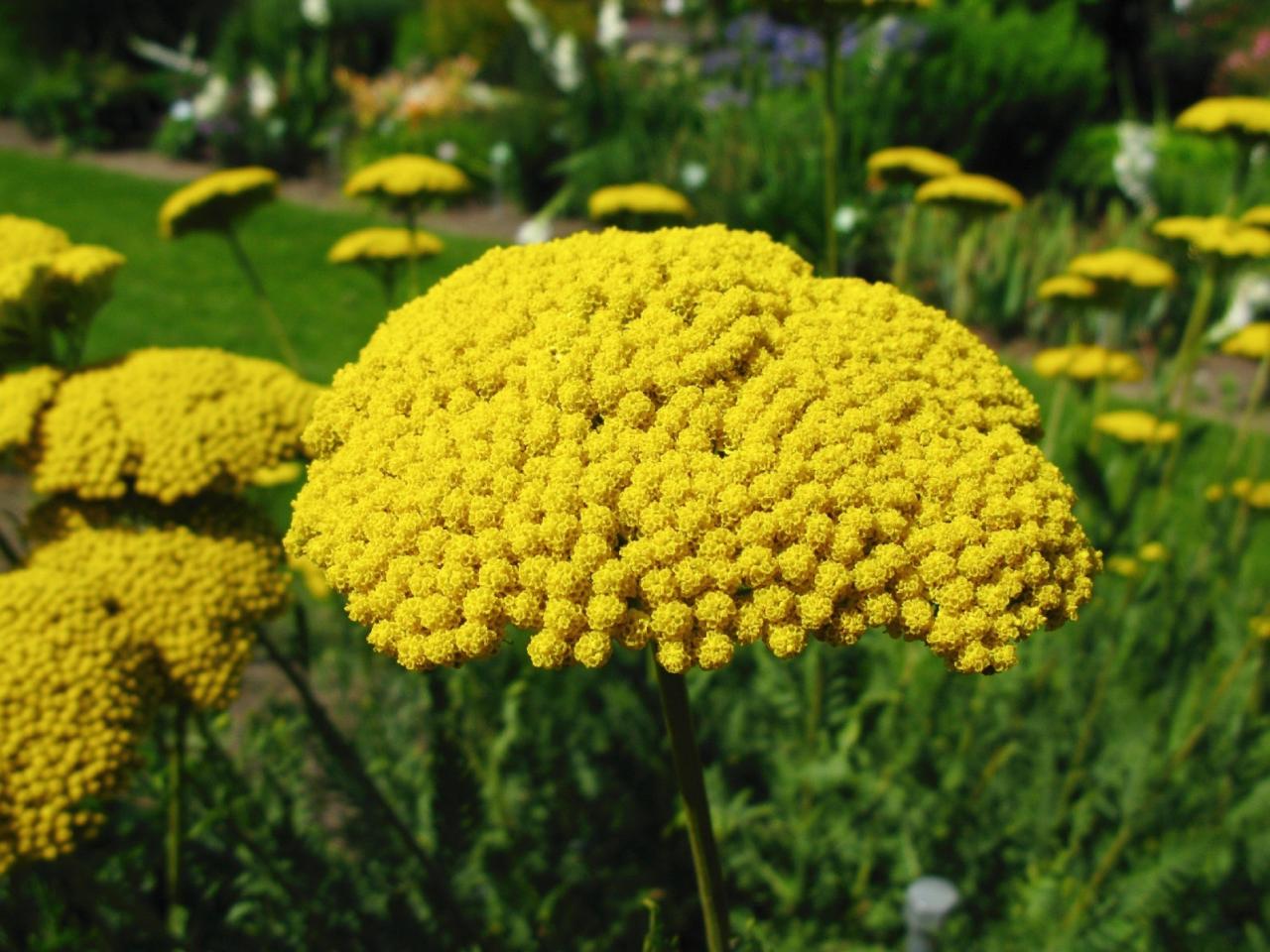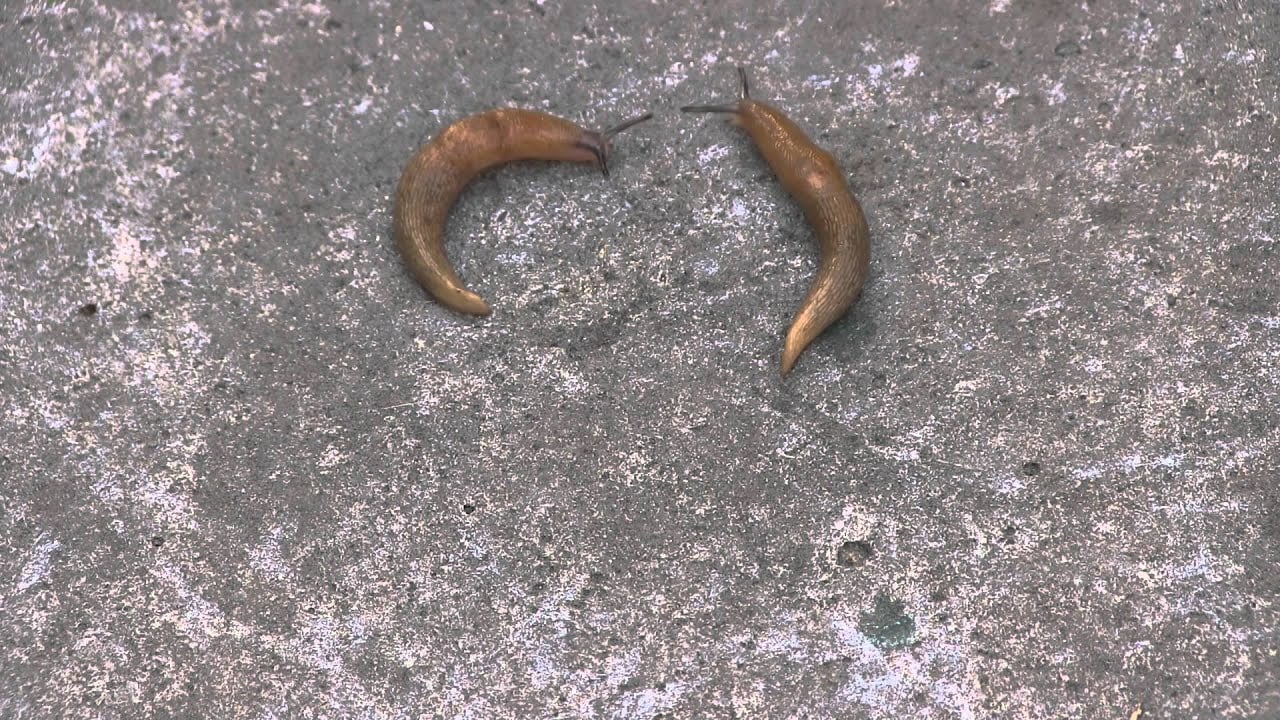Reasons Why Overhead Watering Causes Black Spots on Roses
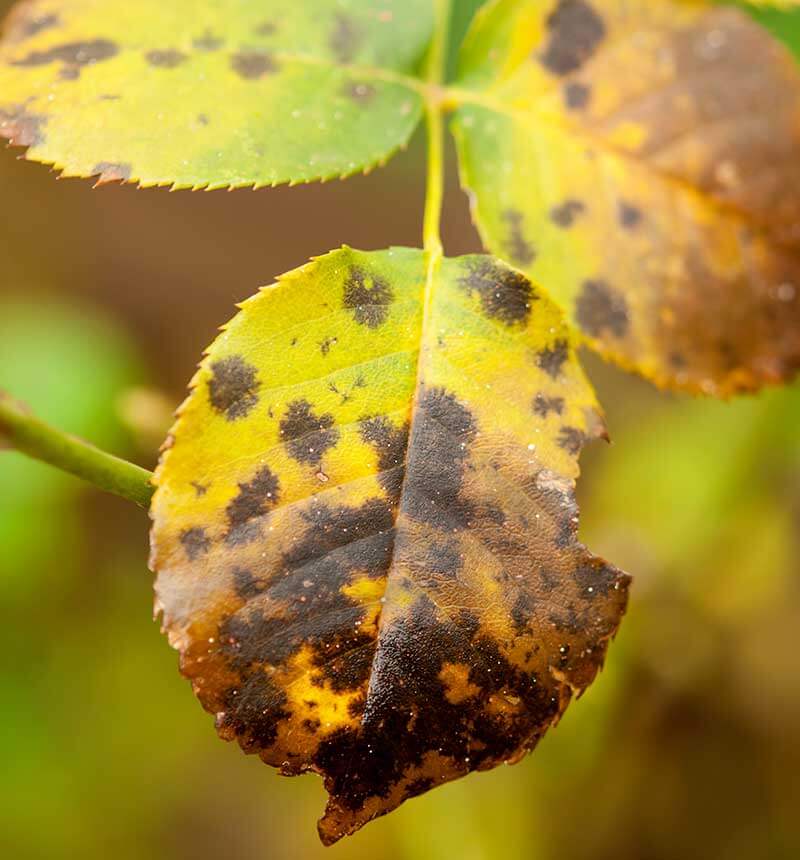
Table of Contents
Undoubtedly, roses are the most beautiful flowers on the earth. With its appealing and vibrant colors, mesmerizing fragrance, and delicate petals, roses can make anyone fall in love with them. However, even this prettiest flower has its downside, which is commonly known as black spots on roses.
The black spots on roses are the most common problem, which, if left ignored, can harm the entire plant, resulting in its death. Once you witness black spots on roses, it is important to control, manage, and treat them immediately. Thus, knowing the ‘homemade remedy for black spots on roses’ is quite essential.
We are here with some of the most useful homemade remedies for black spots on roses to minimize their impact on the beauty and health of the plant.
What are Black Spots On Roses?
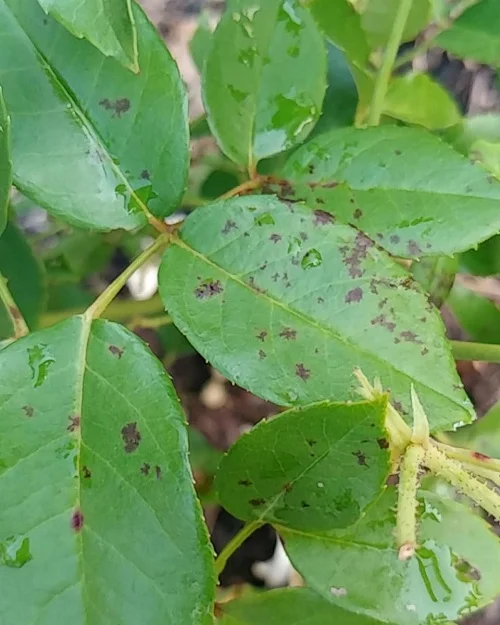
Black spots on roses, also known as Diplocarpon Rosae, are a disease caused by the fungus that impacts the plant, making them feeble. It is easily found everywhere the roses are planted, making them susceptible to various injuries and problems.
This disease doesn’t kill the plant but eventually causes loss of leaves that weaken the plant, causing the maximum damage. It is the most active in the moist and wintery season; however, extreme heat limits its development.
Fortunately, these black spots on roses can easily be detected as scruffy circles with pale yellow rings. They can generally be witnessed on the foliage’s upper and undersides.
The Common Symptoms of Black Spots on Roses
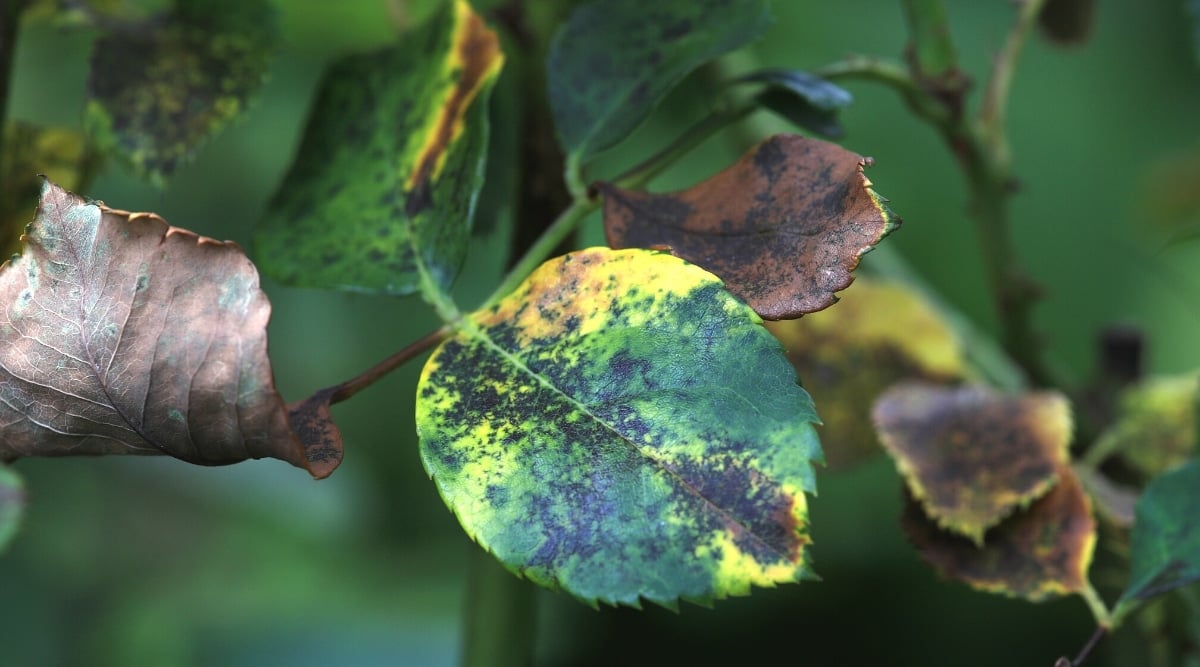
The fungal disease can be easily recognized with the appearance of black, brown, or purple splotches on the leave’s bottom and upper parts. These splotches are often surrounded by yellow areas, causing the leaves to fall from the plant. You may also witness brown splotches on the fresh canes, indicating the growth of this disease.
If this disease is left unattended, it makes the entire plant defoliate, further infecting the plant’s canes. These black spots are generally 1/10th to ½ inches in diameter, which may worsen with time.
These black spots can also be identified with stem cankers, which are the recessed areas on the stem. However, not all the black spots on roses indicate this disease. Thus, to be sure, gently touch the leaf with your finger; if it appears slightly raised compared to the other leaves, it is affected by the fungus.
The Main Causes of Black Spots on Roses
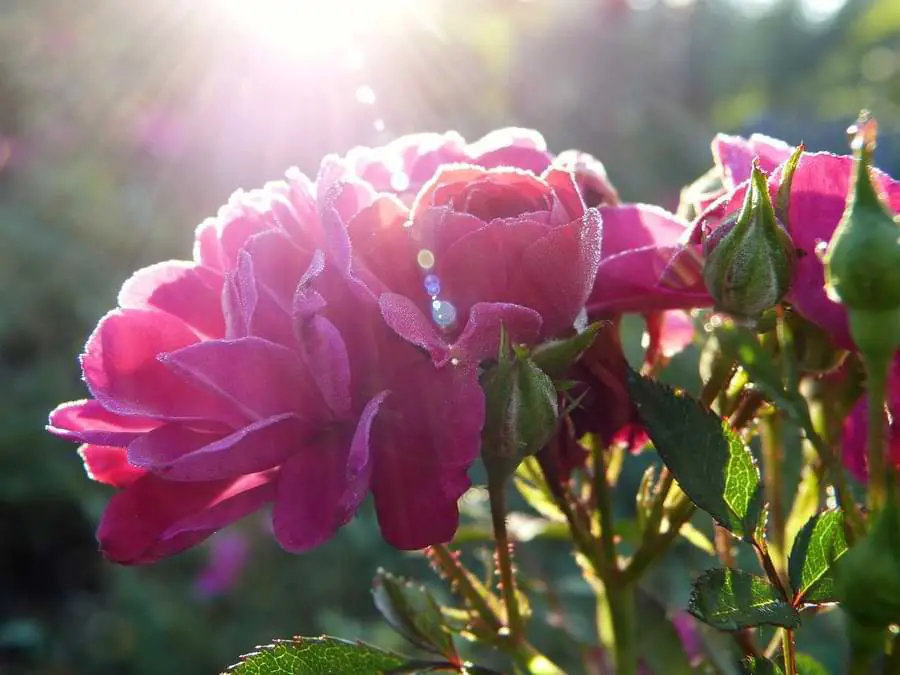
Let us now explore the main causes of black spots on roses.
- Overwatering: The main cause of black spots on roses is overwatering or wet foliage. This fungus disease grows in moisture, and overwatering your plant is the main cause. If you are watering the plant that wets the foliage for at least 7 hours or more, you are making your plant susceptible to getting affected by this disease.
- No Air Circulation: Not ensuring proper air circulation for the plant is also one of the major causes of black spots on roses. The proper air circulation keeps the stems and leaves dry, thereby restricting the growth of black spots. Thus, you should always maintain optimal air circulation by having at least 1 to 2 feet distance between the rose canes.
- Not Maintaining The Right Temperature: The most common temperature leading to the growth of black spots on roses is between 65 to 75 F. Thus, if your rose plant is growing within this temperature range, it is likely to get affected by the fungus disease. However, the disease growth is restricted with temperatures above 85F.
- Planting Infected Plant: Last but not least, if you have planted an already infected plant, you may have to struggle with the black spots on roses. You should look very closely for the infected leaves before buying and planting the plant. If there is anything suspected, avoid investing in the plant.
Preventing The Black Spots On Roses
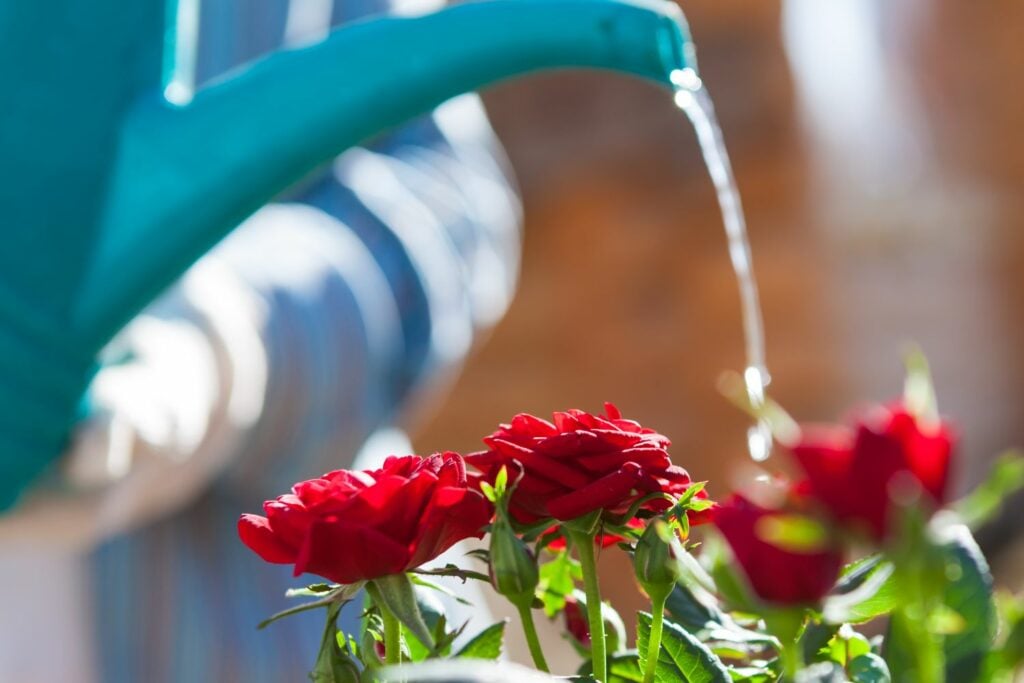
These are some effective ways to prevent this problem:
- Use The Right Variety of Roses: The best way to avoid black spots on roses is to plant disease-resistant varieties. Some of such varieties are William Baffin, Carefree Celebration, Carefree Spirit, Ballerina, etc. You can also consult a nursery expert to make the right choice.
- Ensure Proper Sunlight and Air Circulation:
- Another effective way to prevent this problem is by maintaining enough sunlight and air circulation for the plant. The more sunlight and airflow the plant gets, the drier it will be, resulting in its improved health. You should also maintain an appropriate distance between the plants for proper ventilation.
- Water The Plant Correctly: Not many people pay attention to the right manner of watering the plant and, thus, cause maximum damage by overwatering. You should ensure watering the plants in the morning so they have enough time to dry. Also, pay attention to the right amount of water your plant needs.
- Timely Trimming: Maintaining a timely schedule for trimming the damaged leaves also proves effective in controlling the disease. Be attentive to trimming the old and infected leaves to avoid major damage. This will also prevent the disease from spreading to other parts. You can also get expert help to trim the infected leaves properly.
Final Thoughts
Does overhead watering cause black spots on roses? Yes, it does. However, with early detection and timely treatment, you can prevent the disease from growing and causing damage. Attention to the symptoms can reduce the risk of black spots on roses.
For more information about the black spots on roses, write to us in the comment section.

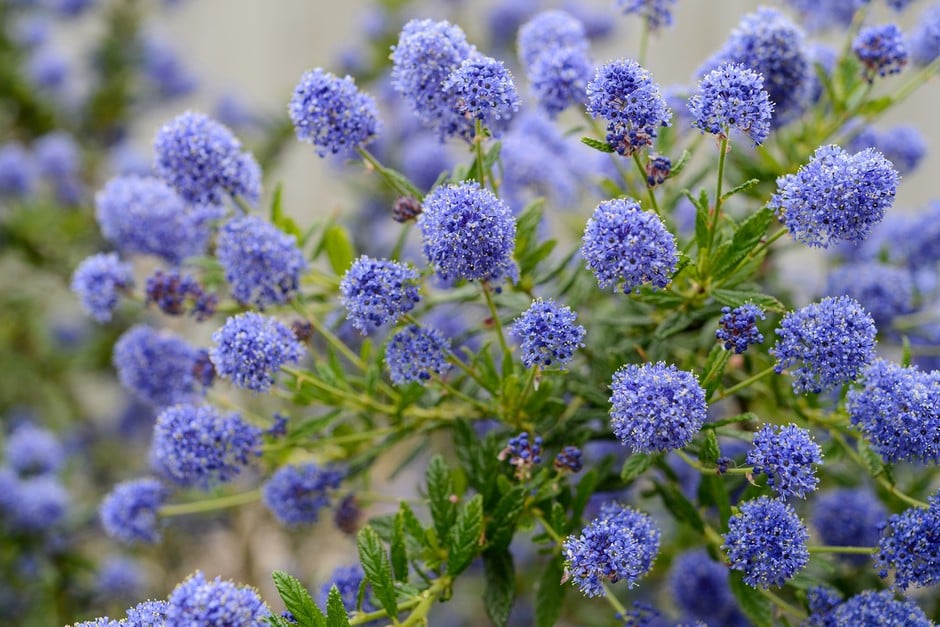
![How To Prune Blueberry Bushes Based On Age [UK]](https://staging.thearches.co.uk/wp-content/uploads/How-To-Prune-A-Blueberry-Bush-By-Age.jpg)

